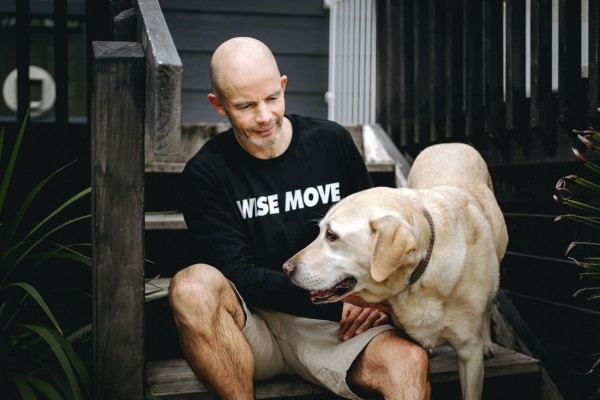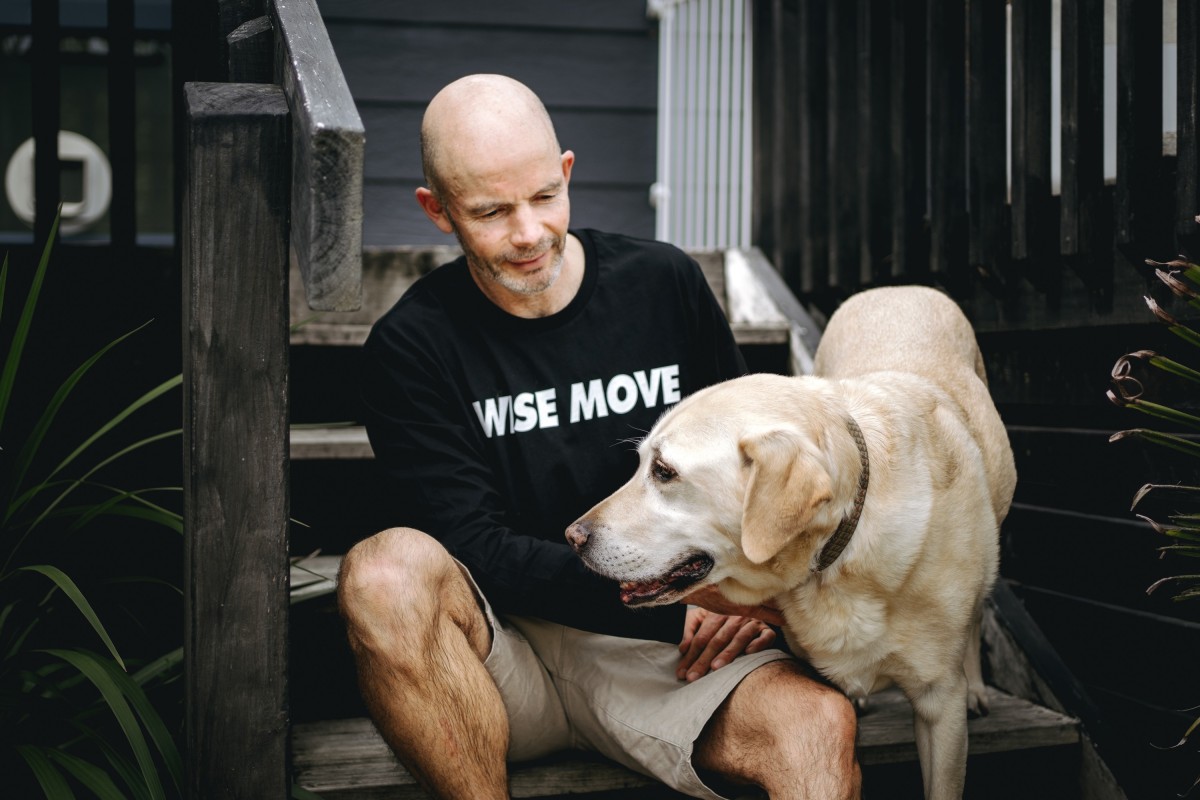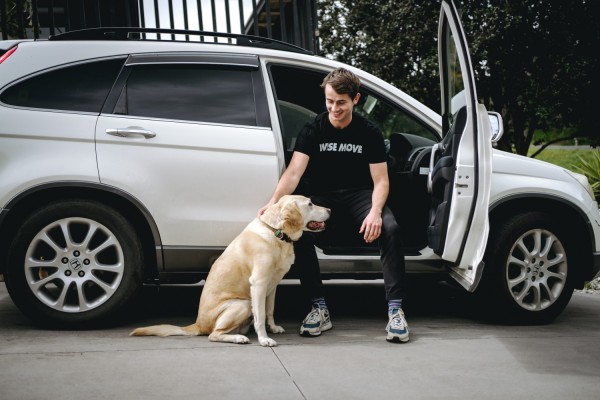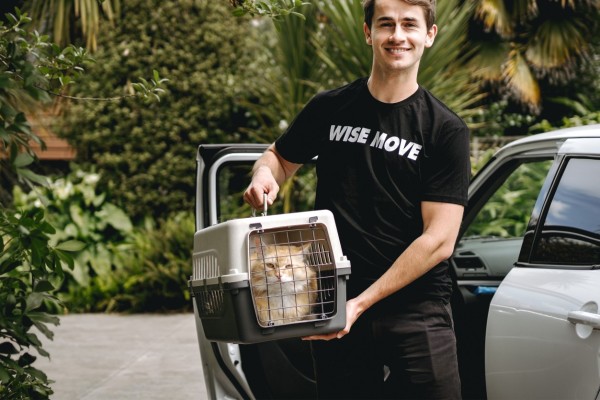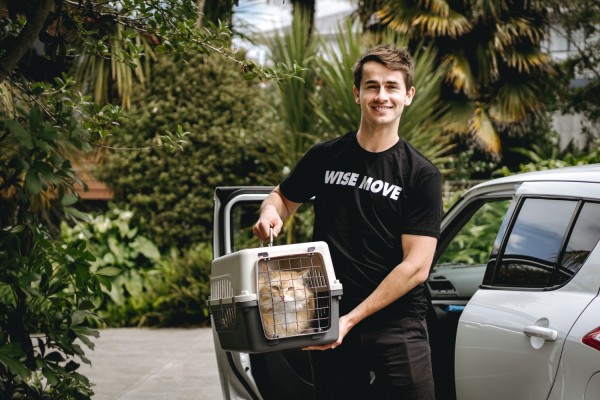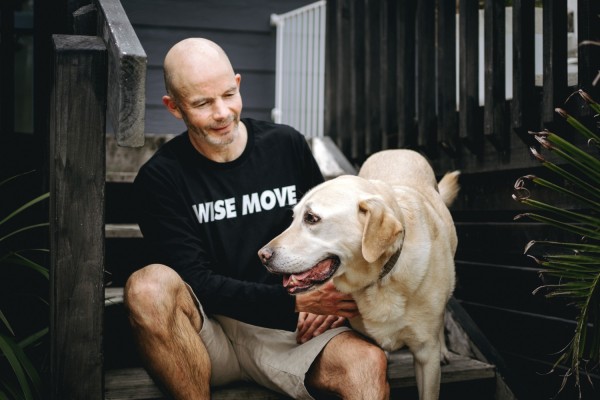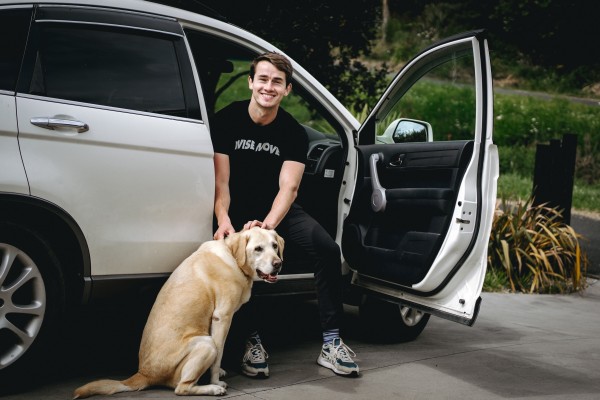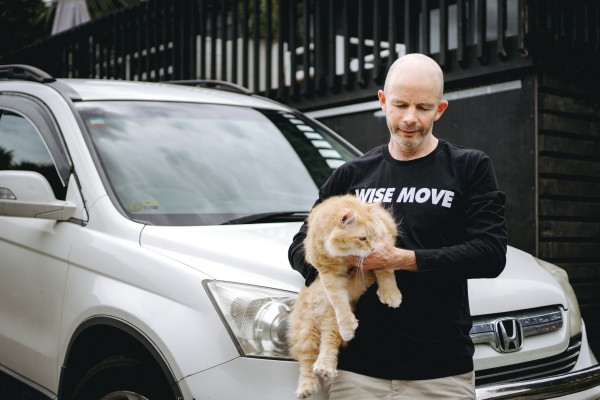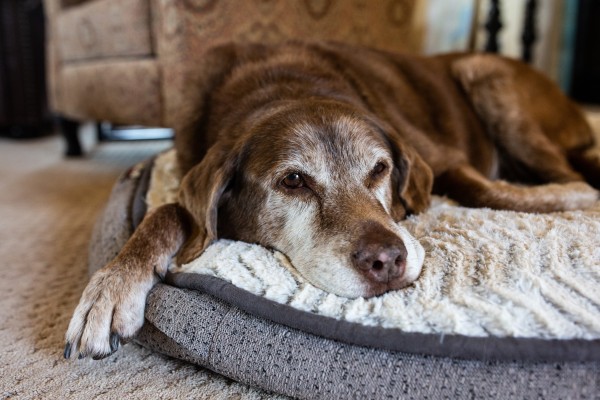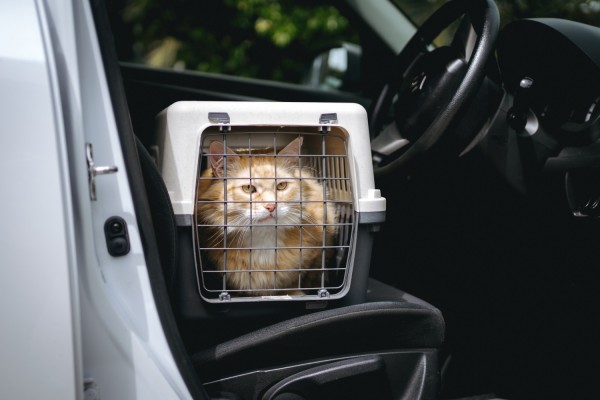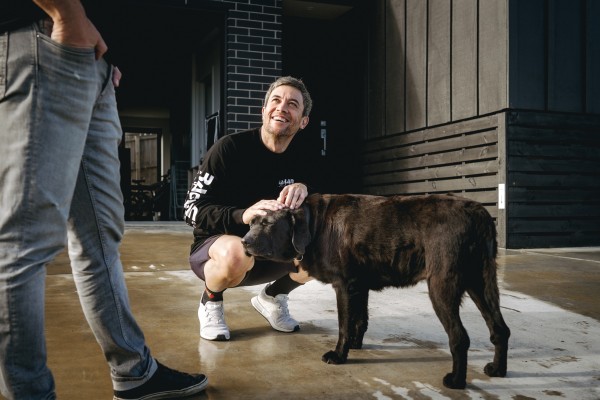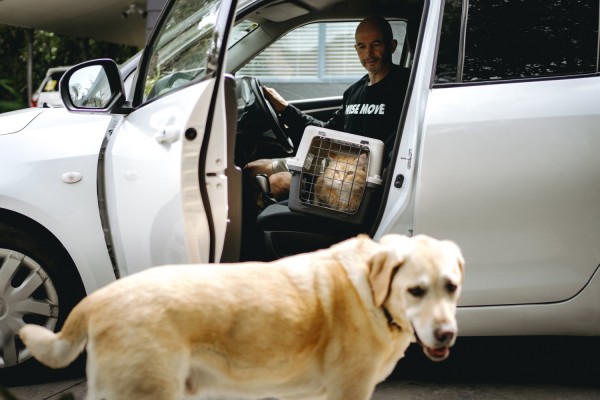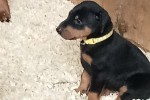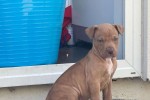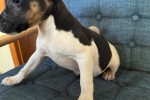Transporting Snub-Nosed Breeds

Snub-nosed breeds, also known as brachycephalic, are known for their short nose and smushed facial appearance. While this look may be adorable, these animals can develop dangerous health conditions, including brachycephalic obstructive airway syndrome (BOAS).
Many of these health conditions can be made worse by the stress and environmental conditions associated with pet transport.
This article will discuss what your need to know about transporting snub-nosed breeds and how you can make the transport process safer.
What is Brachycephalic Obstructive Airway Syndrome?
When broken down into its Latin roots, brachycephalic means shortened head. This condition is commonly associated with a shortened nose and flat face appearance. Boxers, Bull Dogs, and Pugs are the most common brachycephalic dog breeds. Persian, Himalayan, and Burmese cats are also known for having this trait.
As a result of their shortened head, brachycephalic pets have a variety of anatomical abnormalities. This causes various breathing problems and is commonly referred to as brachycephalic obstructive airway syndrome (BOAS).
Mild cases of BOAS may result in noisy breathing or snoring when the pet is asleep. However, more severe cases can result in exercise intolerance, respiratory distress, and fainting. Over time, the pet's breathing issues can result in digestive problems and excess strain on the heart.
According to research conducted by the Humane Society Veterinary Medical Association, 50% of Pugs and 45% of Bull Dogs have clinically significant signs of BOAS. Unfortunately, 17% of these dogs die as a result of their airway disorder.
The Risks of Transporting Snub-Nosed Breeds
Because of their breathing issues, transporting snub-nosed breeds can be a dangerous process. During transport, many pets experience stress and are exposed to various temperature conditions. While these conditions can be hard on any animal, brachycephalic pets have a much greater risk of experiencing health events during transport.
Symptoms of BOAS can worsen as a result of transportation stress, elevated temperatures, and poor ventilation. These conditions can send the pet into a health crisis, causing them to overheat and go into respiratory distress. In some cases, this can cause the pet's airway to collapse and may be fatal.
In 2010, the United States Department of Transportation released a study examining the number of incidents involving death or injury during the air transport of pets. The study found that approximately 50% of the dogs that died during transport were snub-nosed breeds.
As a result of the increased travel risk, many international companies have placed restrictions on brachycephalic pet transport. The SPCA of New Zealand has also opposed the use of air transportation for brachycephalic breeds. Instead, the SPCA recommends using transportation methods where your pet can be carefully monitored throughout the trip.
What You Can Do to Make Transport Safer
While transporting snub-nosed breeds comes with additional risks, there are a few ways you can help keep your pet safe. Here are a few tips for safer transport.
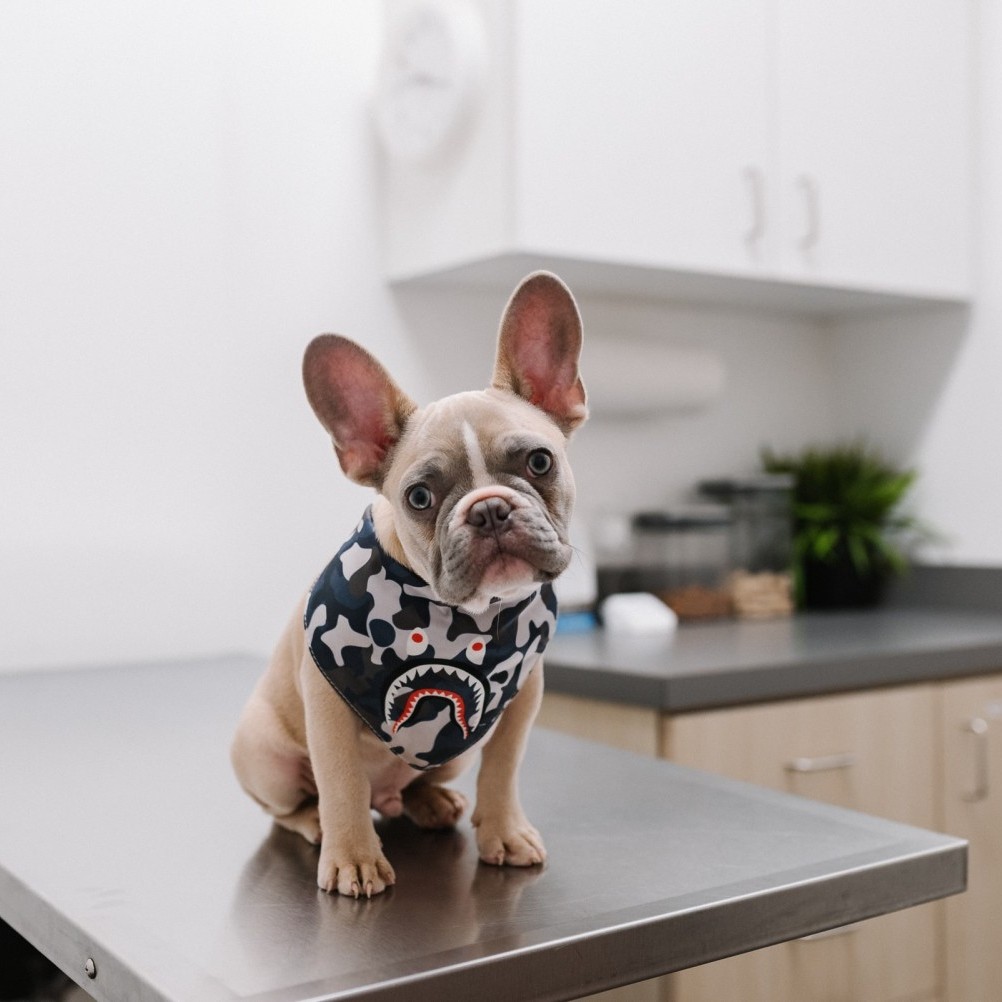
1. Talk to Your Veterinarian
The first step in transporting any pet is to schedule an appointment with your veterinarian. Your veterinarian will perform a physical exam, observe their breathing, and determine if your pet is healthy enough for travel. If your pet has respiratory problems or BOAS, your veterinarian can assess your pet's travel risk and make recommendations based on your pet's medical needs.
2. Avoid Sedation
While sedation may help calm your pet's nerves, it is also dangerous for snub-nosed breeds. Sedation can relax your pet's airway and put them at increased risk of airway obstruction. Because of this, sedation is not recommended when transporting brachycephalic pets. Many pet transport companies prohibit the use of sedation during transport.
If you are concerned about your pet's anxiety, contact your veterinarian. Your veterinarian may be able to provide tips on how you can help reduce your pet's stress and keep your pet safe during the trip.
3. Contact the Transport Company
Some pet transport companies have breed restrictions and do not accept brachycephalic pets. Before scheduling your trip, contact the company to make sure they will accept your pet. Your transporter may require additional health checks or screenings before your pet can travel.
When hiring a pet transporter, make sure you discuss what safety measures are in place for your pet. Your pet's well-being should always be a top priority, so make sure you take the time to discuss your pet's unique needs and ask essential safety questions. Some potential questions include:
- How will my pet be monitored during transport?
- Will my pet be kept in a temperature-controlled environment?
- Is there an emergency plan in place if my pet requires medical attention during the trip?
While it may take some time to find the right transporter for your pet, tools like Wise Move can make the process significantly easier. Wise Move's digital marketplace allows you to input information about your pet's unique needs and connect with transporters who can provide the quality care your pet deserves.
4. Pick An Appropriate Travel Crate
Transporting your pet often requires that your furry friend spends a significant amount of time in a travel crate. Picking an appropriate travel crate is essential for ensuring any pet's comfort and safety during the trip. However, if you have a snub-nosed breed, there are some additional considerations you should keep in mind.
Brachycephalic pets require larger travel carriers. The extra room allows for better airflow and will help your pet breathe easier. You should also make sure the crate has proper ventilation. This can reduce respiratory problems and keep your pet cool.
After purchasing a travel crate, you will need to spend some time helping your pet adjust to their new space. This is critical for reducing your pet's stress and preventing respiratory problems during the trip. For some helpful tips on getting your pet comfortable with their travel crate, check out our article on "How to Prepare Your Pet for Transport".
Summary
As much as we love our snub-nosed breeds, there are serious health concerns associated with their unique appearance. Brachycephalic breeds commonly experience respiratory issues and are at increased risk of brachycephalic airway obstruction syndrome. Because of these health conditions, transporting snub-nosed pets can be tricky. It's essential to consult with your veterinarian and discuss safety protocols with your pet transporter before your pet's trip.
We hope this information will give you a better understanding of your pet's health and how you can transport your pet safely!
What do our customers say?

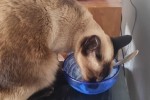
For every (wise)move
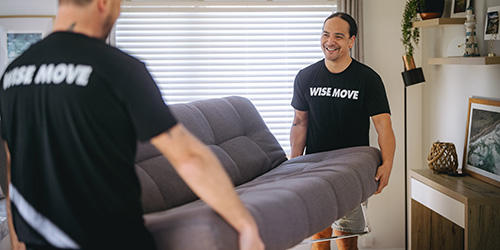


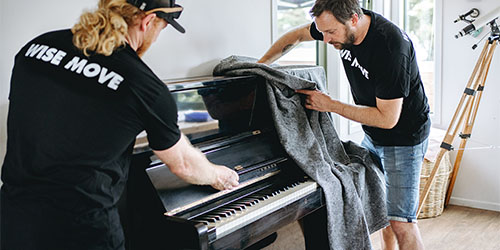
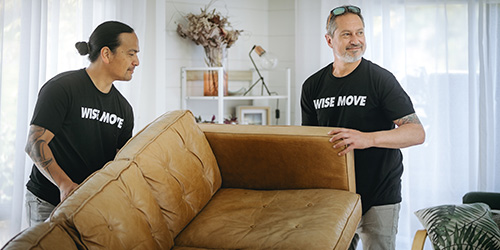
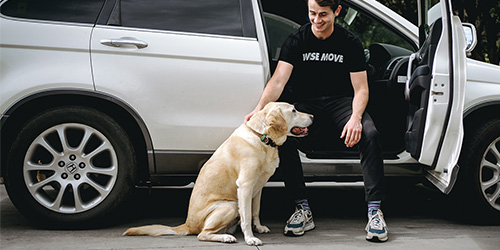

What’s happening?
Please notify us of any violations. This information will be kept confidential and shared only with Wise Move.
- It’s inaccurate or incorrect
- If you find it offensive
- It’s something else
